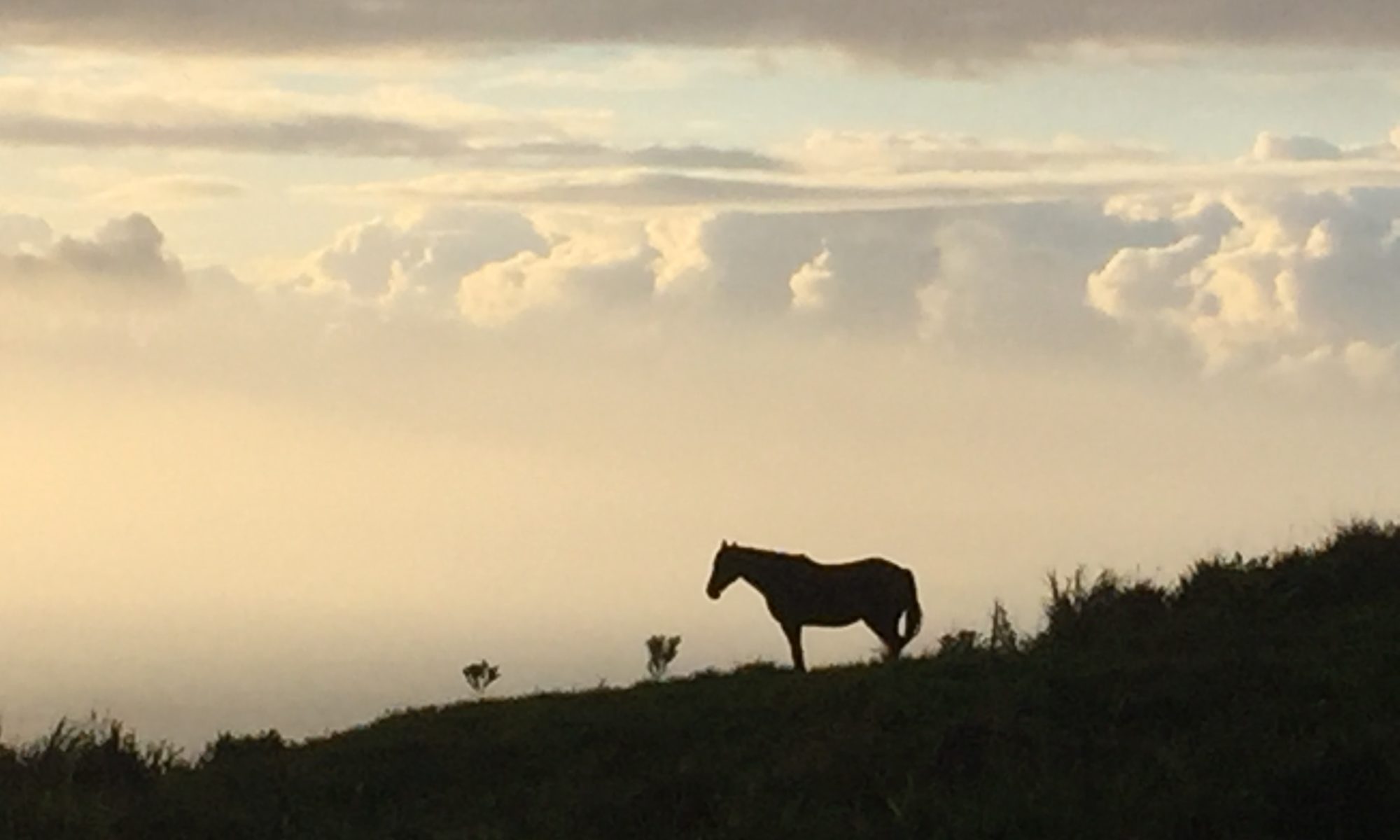Following on our earlier discussion of community as a necessary myth or story for our time and the discussion in the comments about the ambivalence of tradition as both grounding and nourishing but also sometimes stifling and rigid…
Something that both “liberals” and “conservatives” can agree on is that our current American way of life is marked by extreme loss of community. What we disagree on is who or what is to blame. (Actually both sides like to pin the blame exactly on each other: conservatives blame the disruptive moral relativity of liberals and liberals blame the pro-business ideology of conservatives.)
I have been thinking about how traditional communities with their shared culture have been decimated around the world by the onslaught of the West with its monetized economies and emphasis on individual achievement/success over the health of the family or the community. Western market economies (and their imitators around the world) are incredibly successful at producing consumer goods and creating material prosperity. But it seems to me that this success has been bought at the cost of family and community coherence, not to mention environmental degradation.
We have gotten better at identifying and addressing physical pollution, (partly, it’s true, by off-shoring manufacturing), but are slower at seeing the social pollution that has eroded our communities. We still see this social pollution as necessary and inescapable. This is the way it is, we have been told since as long as we can remember. It is hard to see what is necessary and what is harmful. We don’t have the tools to understand and mitigate this kind of pollution yet. And without understanding social pollution we seem to be trapped in a system that drives us to contribute to physical pollution.
For instance, many people commute long distances to work and spent their days and energy at jobs that do not build a local community. Instead their job will support the interests of a national chain or a multi-national corporation. Such corporations are primarily interested in communities as groups of consumers, and only distantly interested, if at all, in the health of a community.
What constitutes a healthy community? What constitutes the unhealthy social pollution of a community?
I would argue that social structures – economic, cultural or institutional – that destroy the place-based bonds of a human and natural community are a form of pollution. Probably there are other ways to identify what is polluting, but that is my starting point.
What has become blindingly obvious in the last few years (2016!!) is that we live in a very socially polluted world. Not that there ever was a social world – some perfect Golden Age – that wasn’t polluted. Just because we don’t know what a perfectly healthy community would look like doesn’t mean that we can’t recognize the things that pollute and weaken a community and that we can’t identify beliefs and practices that are better versus worse in building community in a particular place.
What is healthy in one community might not be so for another.
Things that destroy human and natural community might include: adapting the environment to the needs of machines rather than the other way around, or the ideology of perpetual economic growth or the globalized food production and distribution system. Community-destroying pollution also might be in the stories we tell ourselves and our children about how the world works and what success looks like. Also in what we tell ourselves is beautiful and desirable.
What is pollution for one person might not be for another, just as a weed is just a plant that I happen not to like at this time. Again there is no state of perfect purity that we can go back to or that it is even useful to imagine. But maybe the idea of social pollution connects the natural and social environment in a way that might be helpful when we think about our lives and communities.




 The sun shone hot on the dark soil and the dark burning debris radiated heat and then the wind picked up slowly. Out of what was smoldering and smoking em
The sun shone hot on the dark soil and the dark burning debris radiated heat and then the wind picked up slowly. Out of what was smoldering and smoking em









